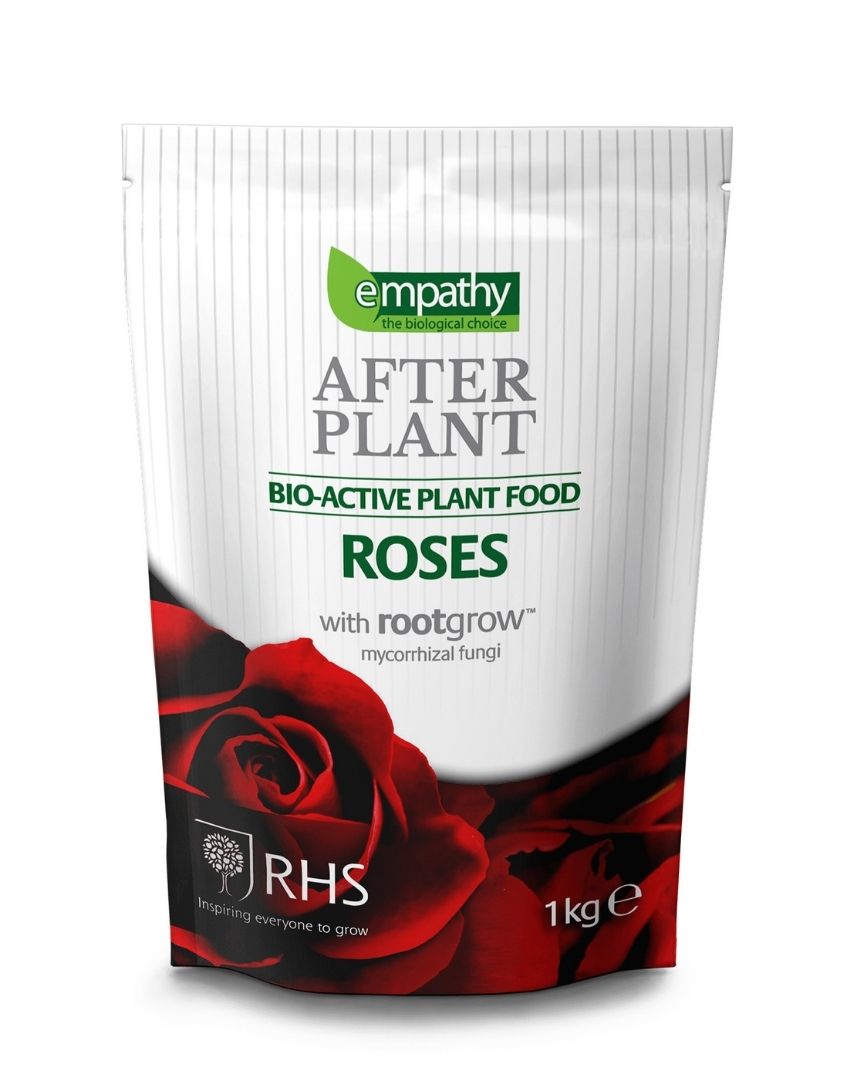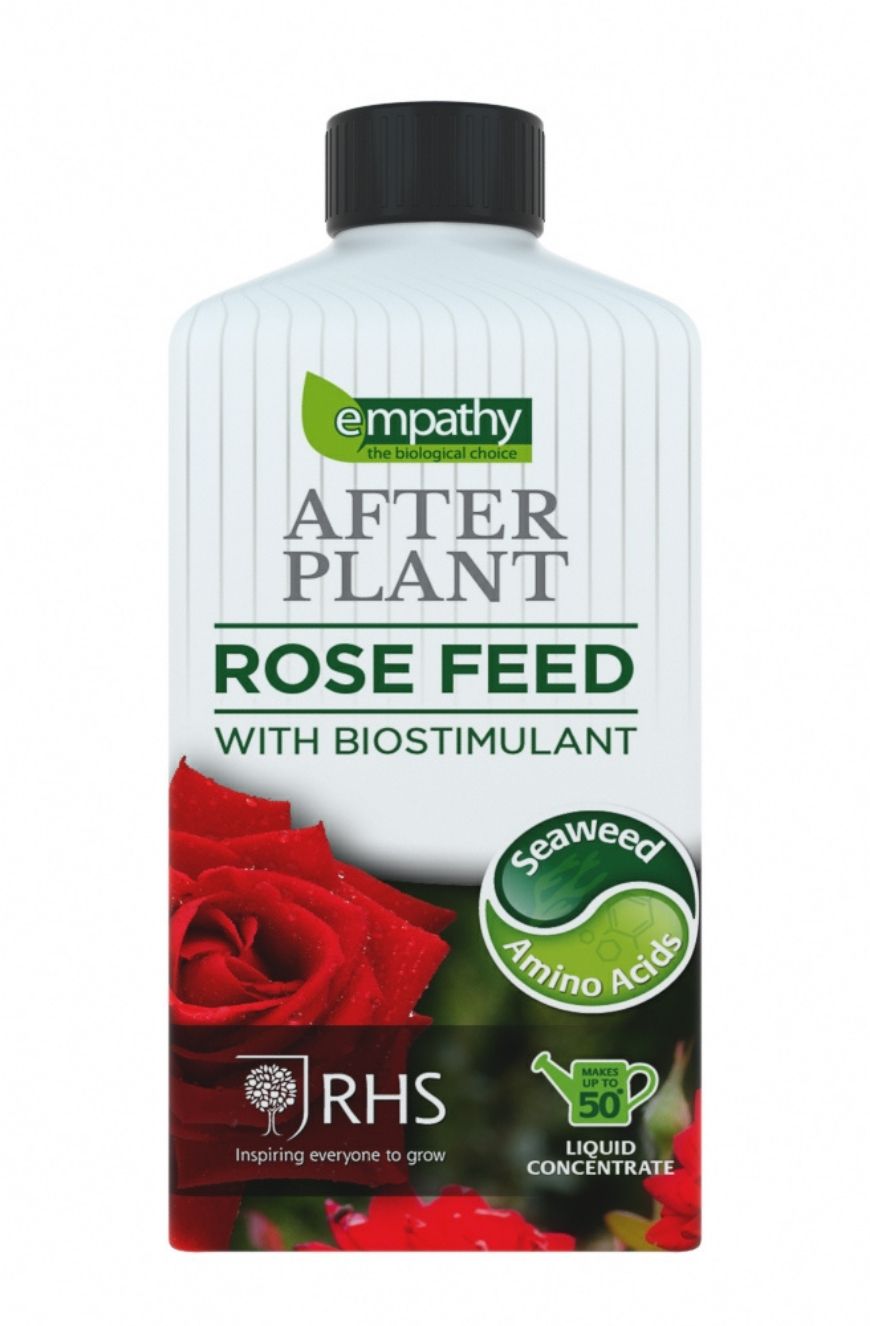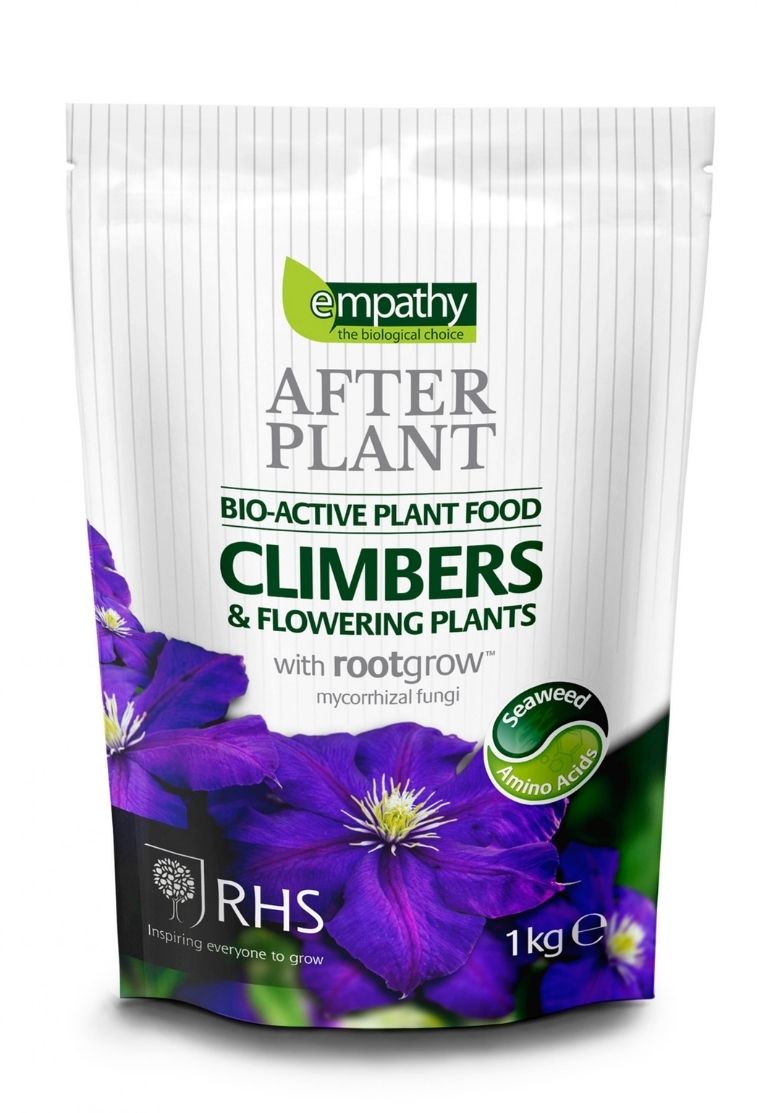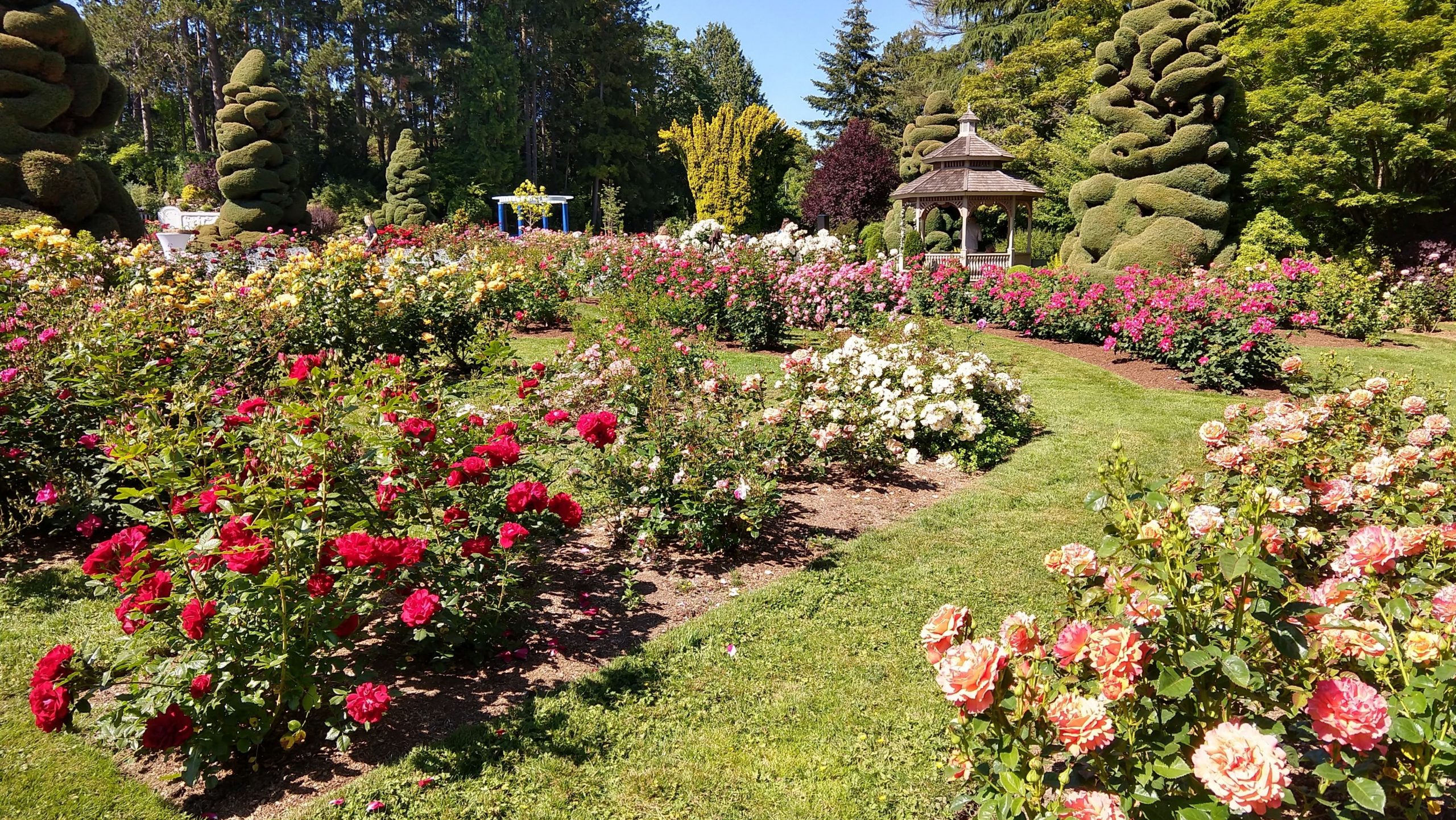
The rose is the country’s flower for good reason. Not only do they look stunning in any garden and provide beautiful blooms all season, but roses also date back almost 5,000 years ago, making them a historic addition to your borders and beds.
To keep your beautiful English roses looking tip-top and flowering all summer, they must be fed. But, this doesn’t have to be a complicated process. With Empathy’s range of simple feeds, you can provide roses with nutrients easily and quickly.
A lot of plants require feeding, but let’s be honest, we don’t always do It! With busy lives, having to feed plants every week can be time-consuming. Roses are hungry plants and will flower and grow better If given additional feed and mulched with well-rotted manure. Feeding provides your rose with key nutrients to keep it healthy, allowing It to produce better blooms and resist pests and diseases. Trust us, it’s no fun when your rose gets infested by aphids!
Common Rose Varieties
Did you know there are over 150 species of roses and thousands of hybrids, nearly every colour you could think of is now available? The main types are scented, non-scented, climbing and smaller bush varieties.
Climbing Roses
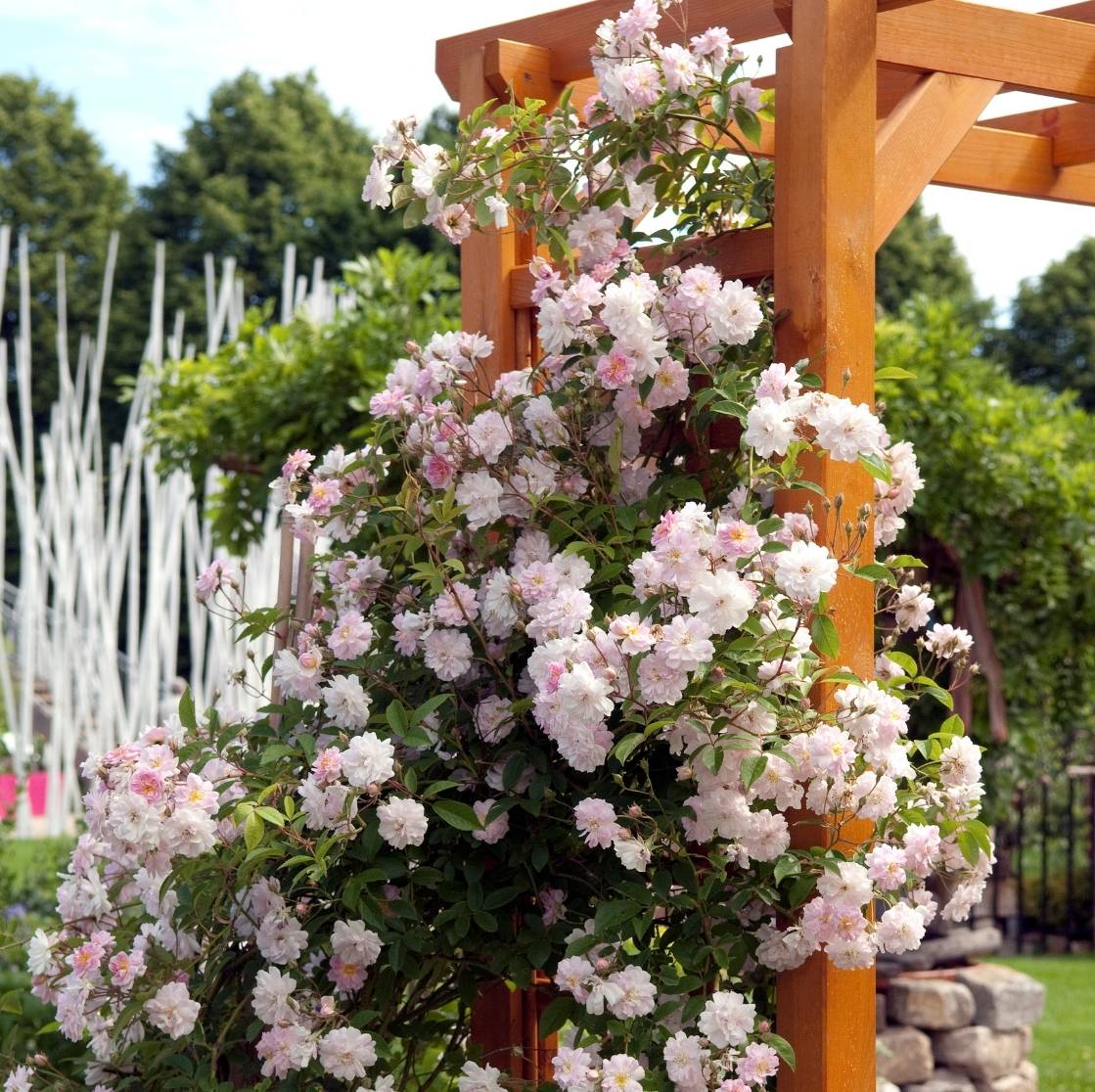
Climbing roses are perfect for covering an empty look arch or wall. They often produce fewer but larger blooms and are very structured. Most have a beautiful fragrance, and they can be broken down into separate types such as climbing Hybrid Teas.
Scented Roses
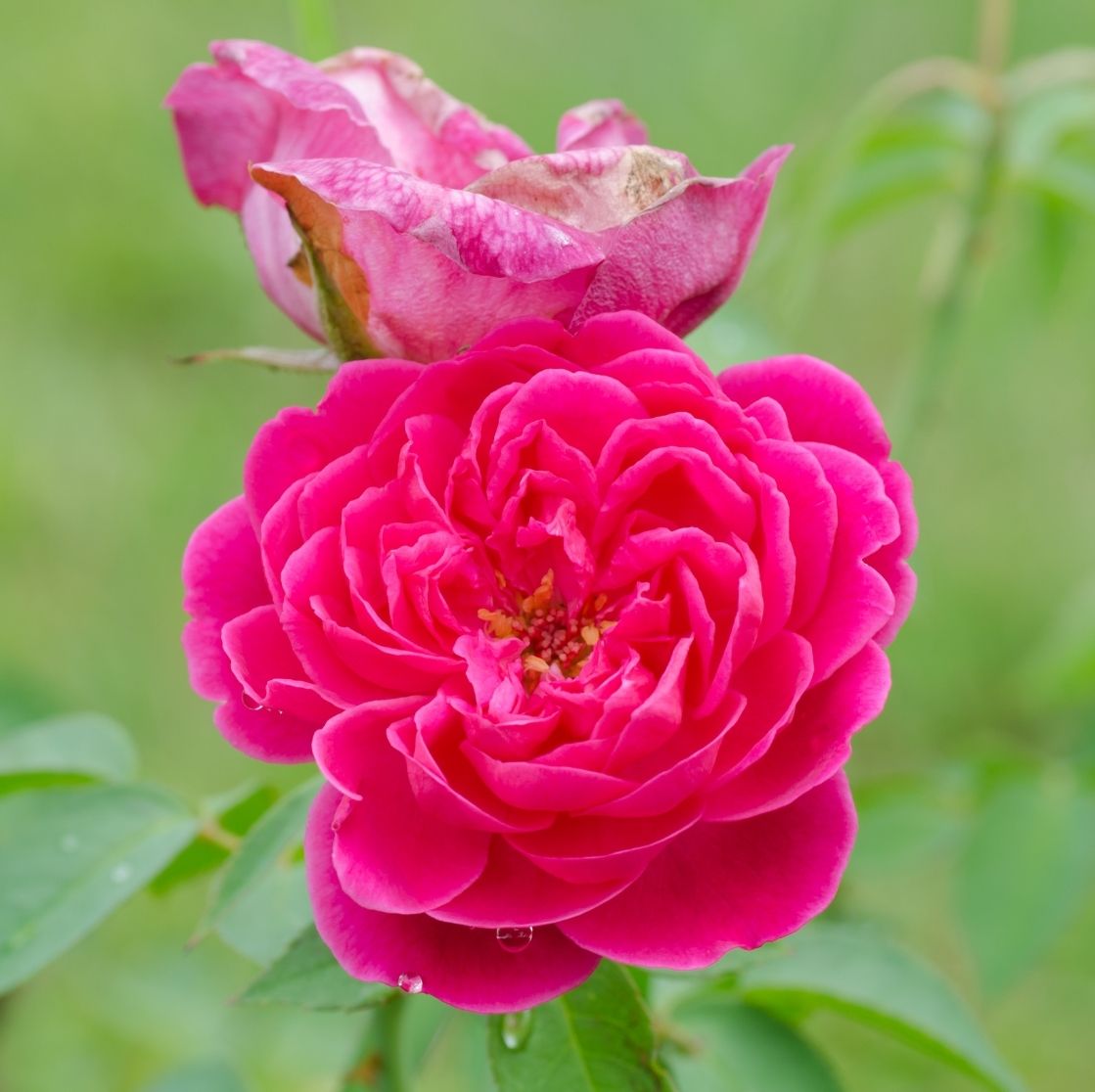
Damask, Gallica, Centiflora, and Hybrid teas are all types of rose with a wonderful sweet scent. It’s said that when more water Is given to scented roses, the scent ingredient in the chloroplasts increases, which adds more fragrance!
Unscented Rose
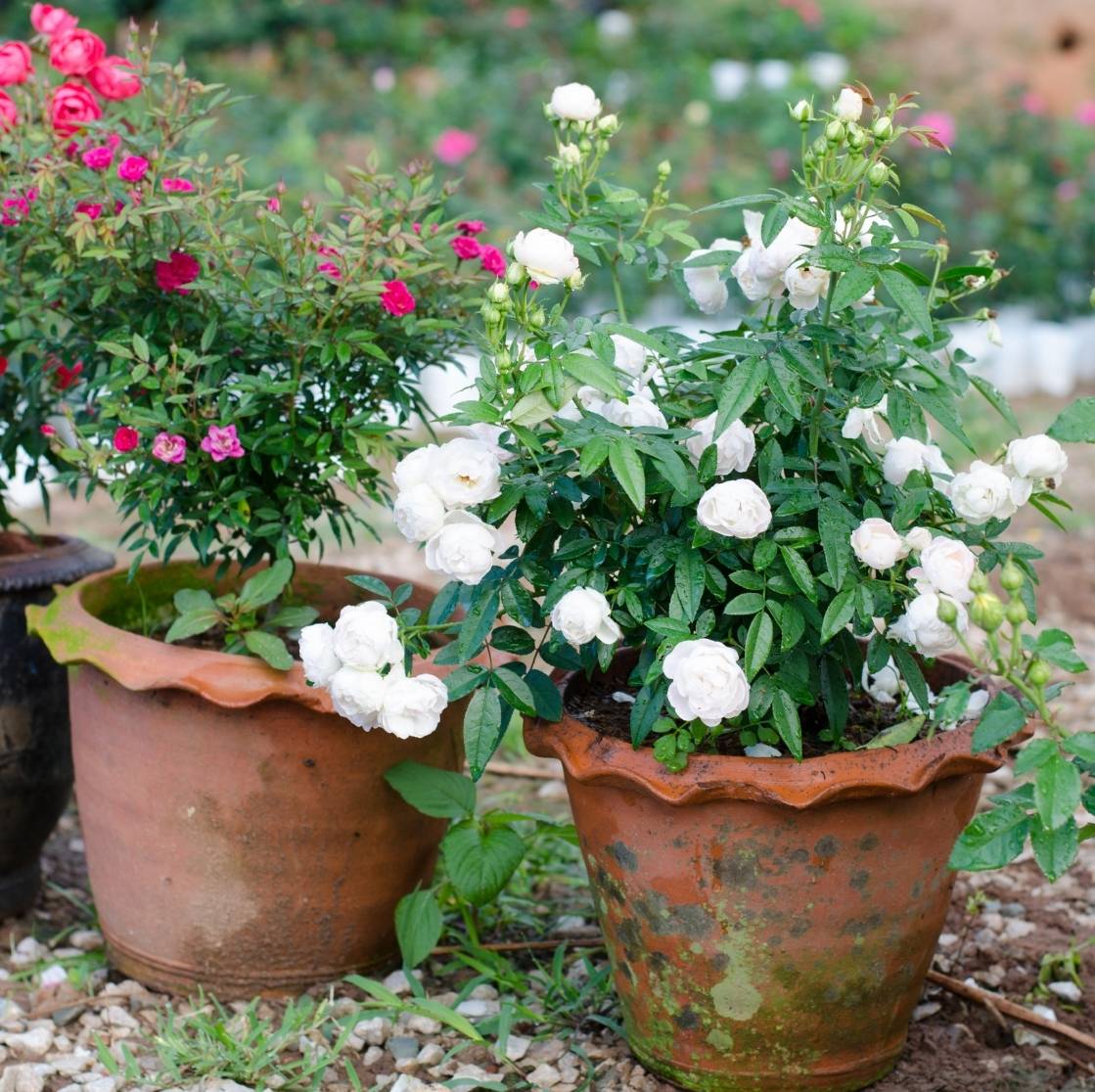
Shrub, Floribunda, and some climber Roses are unscented. Typically, roses bred for durability and looks have lost their scent because this scent gene is removed.
Why should I feed my roses?
Besides sunlight and water, all plants require certain nutrients to live and thrive, they can end up having health issues without vital nutrients. For long-lasting flowers and disease free Rose plants, feeding is a must.
When To Feed
This will depend on where your roses are planted. Roses In containers will need to be fed more frequently than roses in borders as they have restricted access to nutrients.
Roses In borders – Feed twice a year. First in March/April before flowering. Then, again in mid-summer after the first flush of flowers.
Roses In Containers – Feed every two weeks from mid-spring to late summer.
Types Of Feed
Fertilisers usually come in a concentrated form of granules or liquid. You can buy an already diluted solution, but this won’t last long if you have lots of roses to feed. Most fertilisers are based on the three major plant nutrients. You will typically see NPK values on the back of fertiliser tubs.
Nitrogen (N): For green leafy growth
Phosphorus (P): For healthy root and shoot growth
Potassium (K): For flowering and fruiting
Feeding plants throughout summer
Our after Plant Feeds have been formulated to support the work that rootgrow™ does below the ground. After Plant Basket & Patio is idea for bedding plants in pots, window boxes and hanging basket, regular use will promote strong healthy growth and abundant and prolonged flowering
The easy-to-use liquid concentrate biostimulant will further enhance establishment thanks to the inclusion of seaweed, plant derived amino acids and other nutrients, which will stimulate root growth, which all helps to make the friendly fungi in rootgrow™ even more effective.
Granular Feed
After Plant Rose Food is specifically formulated food for roses, containing essential nutrients, mycorrhizal fungi and beneficial bacteria that help to build up soil fertility to support healthy growth and flowering.
After Plant food have been scientifically selected and balanced to support the natural soil. Mycorrhizal Fungi is basically a fungus that creates a two-way nutrient exchange with a plant’s roots. The uptake of minerals, nutrients, and water are boosted with this plant-friendly fungi.
After Plant is a granular feed and is perfect for an early season treatment at the first signs of growth in spring. Apply a second feed in summer after the first flush of flowers and throughout the growing season.
To apply: use 1-2 handfuls (25-50g) per rose bush apply evenly around the base, working gently into the topsoil and water well.
Liquid Feed
After Plant liquid is feed with biostimulant is a high potash concentrate containing seaweed extract, plant derived amino acids, and other nutrients fortified with plant magnesium to benefit Rose plants.
| Usage | Dilution To Water | Treatment |
| Container grown roses | 2 capfuls in 4.5L | Apply as root drench every 7 – 10 days (increase to 3 capfuls when buds appear) |
| Recently planted roses | 4 capfuls in 4.5L | Apply as root drench every 7 -10 days (increase to 6 capfuls when buds appear) |
| Mature existing roses | 8 capfuls in 4.5L | Apply as root drench every 7 -10 days |
Shake well before use. Measure the required amount of liquid, add to water and stir well. Apply using a watering can.
Feeding Climbers
After Plant Climbers and Flowers is specifically formulated for roses, containing essential nutrients, biologically active mycorrhizal fungi, and beneficial bacteria that help to build soil fertility to support healthy growth and flowering.
The nutrients in Empathy’s After Plant Climbers and Flowers have been scientifically selected and balanced to support the natural symbiosis between rootgrow™ mycorrhizal fungi and essential soil bacteria.
The product is in granular form and ideal as an early season treatment at the first signs of growth in spring. Apply a second feed in summer after the first flush of flowers and throughout the growing season.
To apply
For flowering and climbing plants – 100g of product around the base of the plant, lightly fork in and water well.
As a top dressing for your rose or ornamental beds – 100g per square metre, lightly fork to cover.
Further reading?
For everything you need to know about roses and rose care head to the RHS’ website.

